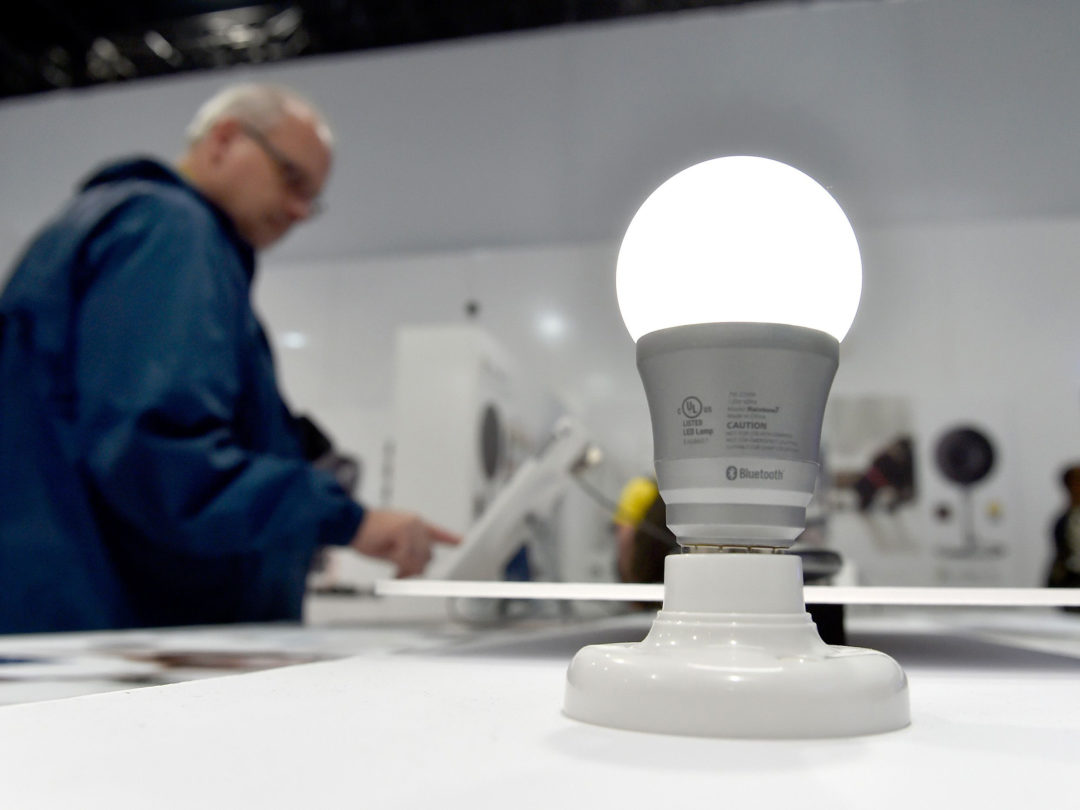
The fallout from the global pandemic lowered occupancy and usage for some large facilities, yet energy bills didn’t necessarily decrease at the same pace to alleviate the cost burdens of maintaining base operations and systems. As the economy recovers, this makes now an ideal time to consider energy efficiency measures as a means of cost management.
Supply chain organizations are naturally focused on efficient processes, and energy efficiency-as-a-service (EEaaS) is a newer approach that helps warehouses, delivery hubs and other logistics facilities reduce their energy use while making a positive impact on the health of the planet.
EEaaS is a pay-for-performance, off-balance sheet financing solution that allows facilities to implement energy, water and other efficiency projects with no upfront capital expenditure, according to the U.S. Department of Energy's Better Buildings Financing Navigator. With EEaaS, the provider pays for project development, construction, and maintenance costs. Once a project is operational, the customer makes service payments based on actual energy savings or other equipment performance metrics, resulting in immediate reduced operating expenses.
The Energy Services Agreement (ESA) is the most common type of arrangement, according to the DOE, but other models such as lumens-as-a-service and energy subscription agreements are also in use.
There are three key benefits for commercial customers, according to the American Council for an Energy-Efficient Economy:
- First-cost savings. Under an EEaaS agreement, organizations may pursue energy efficiency without using their own finances because the service provider secures third party funding to pay for all project costs. This means the customer has no upfront expenses or internal capital outlay, preserving their funds for other projects.
- Off-balance sheet financing. EEaaS offerings are often designed as an off-balance sheet financing solution. The use of service payments allows businesses to shift energy efficiency projects from an expense asset that they must buy, own, maintain and depreciate, to an operating expense, similar to a utility bill or power purchase agreement.
- Deeper operational and maintenance savings. The cost savings from energy efficiency projects are calculated and guaranteed using agreed-upon measurement and verification protocols. Because the EEaaS paradigm generally relies on the pay-for-performance model, it offers potential operational efficiencies and positive cash flow from energy, water and maintenance cost savings.
Where to Find Energy Savings
Lighting is often one of the costliest budget items for a typical organization, business or facility, and LED lighting — which uses 25%-80% less energy than conventional light bulbs — can cut energy overhead costs. When it comes to commercial buildings, the National Institute of Building Sciences says electric lighting accounts for 35%-50% of the total electrical energy consumption.
Inefficient lighting can represent a huge part of monthly energy bills. If tight budgets are impacting business progress, cost savings may be found by switching to LED technology.
How much can be saved? The DOE estimates that by 2027, LED lighting could conserve up to 348 terawatts of energy, which equates to $30 billion in savings at current pricing levels. With an energy efficiency savings strategy in place, most organizations are capable of saving 20%-40% of their total energy spend.
Supply chain facilities can calculate their own lighting savings with Key Equipment Finance's interactive estimator. Organizations are encouraged, however, to seek advice from qualified professionals regarding specific business circumstances and lighting costs.
While lighting is a top focus for energy efficiency projects, facilities may find energy cost savings in other areas or add systems for power generation. For example, renewable energy assets that provide distributed generation include solar, energy storage, microgrid, fuel cells, batteries, generators, reciprocating engines, gas and steam turbines. For even great savings and environmental benefits, facilities can consider advanced energy upgrades such as air conditioning, chillers, power resiliency/redundancy, building automation systems and IoT.
Bottom line: Organizations can take a holistic approach whereby they implement a myriad of energy savings projects to meet their organization’s objectives.
These solutions can include design and implementation of energy conservation, energy infrastructure outsourcing, power generation, energy supply and risk management techniques.
A Fortune 100 Example
Energy efficiency upgrade projects offer plenty of challenges in their own right. But how does a supply chain operation navigate those challenges when they are presented at multiple locations — and with zero capital expenditure?
Here’s an example: A Fortune 100 technology company — which was investing heavily in wind farms and solar rooftops and aimed to power its global infrastructure with 100% renewable energy — knew it needed an innovative solution. That solution was to implement an EEaaS initiative that included new LED lighting and building management systems across their facilities nationwide.
To ensure success, the company turned to an energy efficiency provider that designed and implemented programmatic energy services agreements. These agreements allowed the company to blend the economics of different utility rates across regions to ensure that all sites are able to benefit from the efficiency upgrades. By combining sites where utility rates and operating conditions are more favorable with sites that have less favorable conditions, the projects are economically viable and provide project uniformity across sites.
The project also included an energy savings performance contractor and an equipment finance provider. The contractor provided construction, engineering, installation, measurement and verification for an LED lighting retrofit. The finance company provided a solution that enabled energy efficiency services across multiple sites in multiple states, including high-efficiency LED lights and building management systems.
Under the ESA, the energy efficiency provider would pay for all upfront costs and be paid only when the project achieved actual savings. For the Fortune 100 customer, the projects resulted in a monthly bill — an operating expense, which doesn’t require a capital expenditure. They only pay for the energy they use after the equipment is installed.
The projects were expected to reduce total electricity use by approximately 70%, thereby eliminating 29,917 tons of annual carbon dioxide.
Energy Financing
Business growth and stability pose a dilemma — especially in the midst of uncertainty around accessing desirable capital. There’s no question that leading-edge technology, timing, and scalability play key roles in the assets of a supply chain. However, the ways in which we choose to pay for new equipment may vary according to our business objectives.
More than ever before, the benefits of financing energy efficiency initiatives could have a significant, positive impact on an organization’s goals and success.
To help determine if EEaaS is a good fit, the DOE recommends companies consider whether they:
- Want to pursue retrofits across their portfolios without spending capital;
- Prefer off-balance sheet treatment for the delivery of efficiency services;
- Want a pay-for-performance solution where a third party takes on performance risk and provides project management and maintenance;
- Are looking for a financing mechanism with a contract term ranging from 5 to 15 years, with periodic buy-out options; and,
- Want a new way to procure energy efficient technologies across their portfolios without the hassle of ownership.
Before supply chain businesses undertake an EEaaS initiative, they should seek an equipment financing professional who has clean energy solutions expertise, a proven track record in lease structuring, and a clear understanding of their unique business goals. This can help with the formation of a strategy to optimize business assets and opportunities, both today and in the future.
Jamie A. Feltes is account manager for clean energy at Key Equipment Finance.







